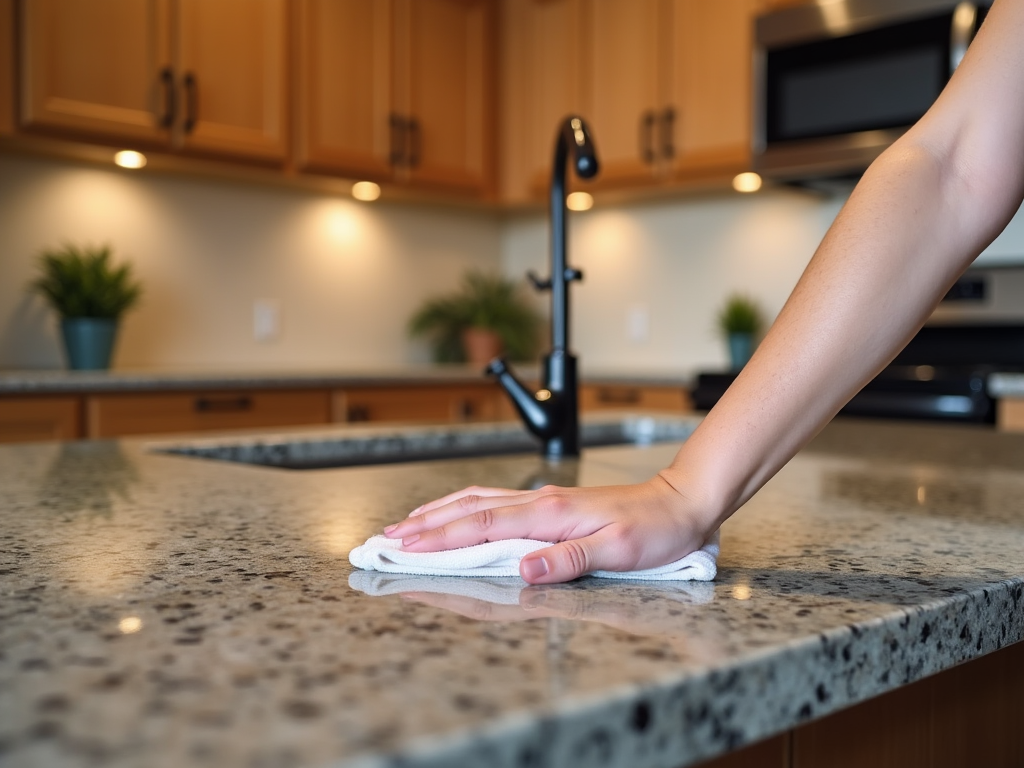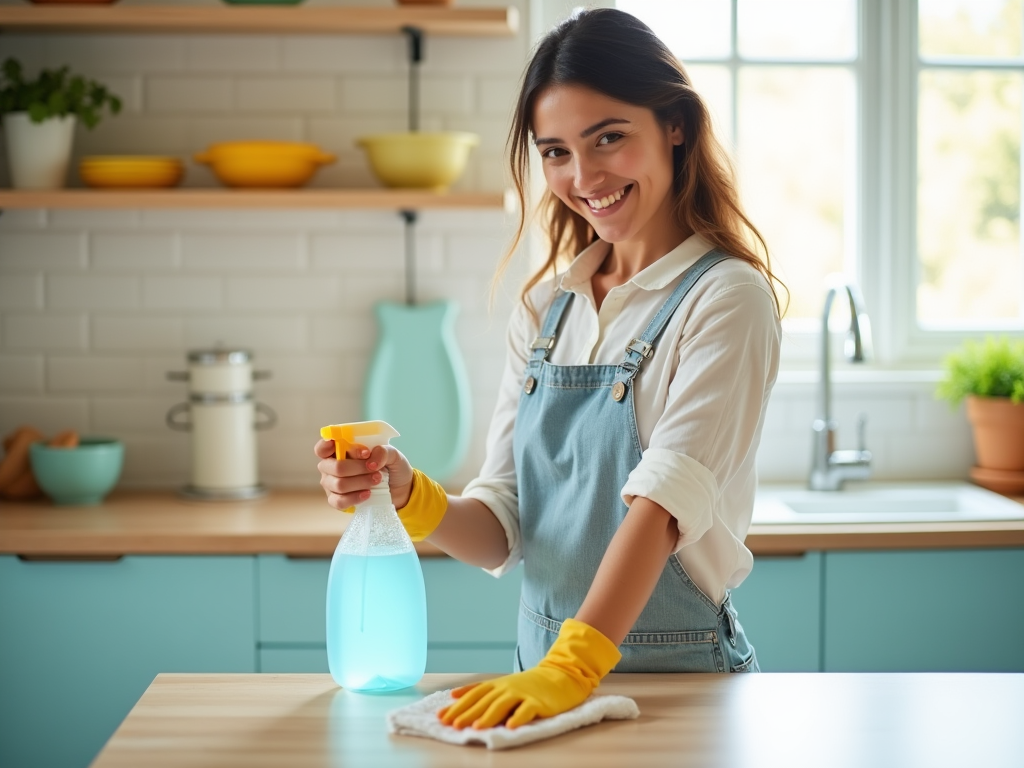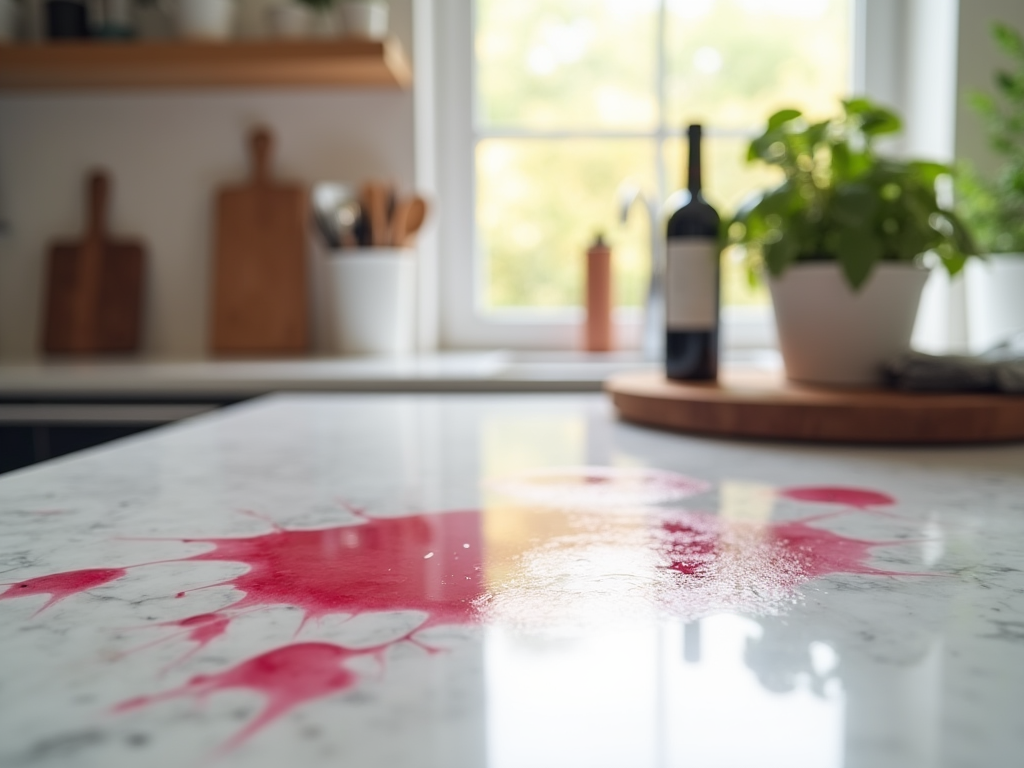When it comes to the heart of the home, the kitchen often bears the brunt of daily activity. From preparing meals to hosting family gatherings, every culinary endeavor can leave its mark on your surfaces. As beautiful as they may be, kitchen countertops and floors are incredibly susceptible to stains, which can detract from their visual appeal and pose hygiene concerns. Understanding which surfaces are most prone to staining is essential for any homeowner who wants to maintain a pristine environment. In this article, we’ll explore five of the most vulnerable kitchen surfaces and provide practical tips on cleaning and restoration, ensuring your kitchen remains a welcoming space.
The impact of stains is often underestimated; they can ruin not only the appearance of your kitchen but also its functionality. A stained surface can harbor bacteria, leading to health issues and unpleasant odors. Regular attention to these surfaces can save you time and effort in the long run. Moreover, knowing how to tackle stains effectively allows for a more enjoyable cooking experience. Let’s dive deep into these notoriously pesky surfaces and discover how to keep them looking brand new.
Marble Countertops

Marble countertops are a stunning choice, but their luxurious appearance comes with a significant drawback: their stain susceptibility. The porous nature of marble means that spills can easily infiltrate its surface, leaving marks that mar its elegance. Common culprits include red wine, oily substances, and acidic foods like citrus. These stains can remain stubborn if not addressed promptly, making timely cleaning essential.
To restore your marble surfaces, consider the following steps:
- Use a pH-balanced stone cleaner to avoid damaging the finish.
- For tougher stains, a paste of baking soda and water can work wonders.
- Seal your marble countertops regularly to create a barrier against stains.
Granite Countertops

Granite is renowned for its durability, but it’s still not immune to staining. Like marble, the porous character of granite can absorb spills, particularly from food and beverages. Items such as wine, coffee, and oils are frequent offenders. Properly caring for granite surfaces involves understanding the best cleaning techniques to prevent stains from taking hold.
Follow these practices for optimal granite maintenance:
- Use mild soap and water for daily cleaning; avoid harsh chemicals.
- Consider applying a sealant regularly; usually every 1-2 years.
- Blot up spills immediately to minimize staining potential.
Laminate Surfaces
Laminate surfaces are known for their affordability and variety but can also be prone to stains. Their slick finish makes them easy to clean, but certain stains — like coffee, ink, and grease — can become permanent if left unattended. Understanding the nature of laminate helps in choosing the right cleaning methods and restoring these surfaces without damaging them. Cleaning laminate should be handled with care to avoid stripping its protective layer.
Here are some practical tips to keep laminate surfaces looking fresh:
- Use a gentle cleaning solution — a mix of water and vinegar works well.
- Never use abrasive cleaners; they can scratch the laminate.
- For deeper scratches, consider using a laminate repair kit.
Vinyl Flooring
Vinyl flooring provides a stylish and budget-friendly option for kitchens, but it does have its weaknesses. Its porous surface is easily susceptible to a range of stains from mud, spilled food, and even pet accidents. Heavy traffic areas can become dirtier more quickly, making vigilance essential for vinyl care. Regular cleaning can dramatically improve its longevity and appearance.
| Stains | Best Cleaning Method |
|---|---|
| Mud | Dry mop, followed by damp mopping with soapy water. |
| Food Spills | Wipe with a soft cloth and warm, soapy water. |
| Pet Accidents | Use a vinegar solution to neutralize odors and clean the area. |
Maintaining a spotless vinyl floor involves:
- Regularly sweeping or vacuuming to remove debris.
- Using a gentle cleaner suited for vinyl surfaces.
- Placing area rugs in high-traffic zones to minimize wear and tear.
Wooden Surfaces
Wooden surfaces can offer warmth and sophistication but come with their own set of challenges. The type of wood finish can greatly influence stain susceptibility; softer woods tend to absorb stains more readily. Common stains include water rings, food residue, and various oils. Regular maintenance and prompt treatment of stains can significantly extend the life of wooden surfaces in your kitchen.
To preserve your wooden surfaces, consider the following strategies:
- Use a wood cleaner designed for your specific type of finish.
- Wipe spills immediately to avoid permanent damage.
- For stubborn stains, mild sanding may be needed to restore the finish.
Conclusion
Stains on kitchen surfaces can become a major headache if not dealt with promptly. The five surfaces highlighted — marble, granite, laminate, vinyl, and wood — each require specific care to prevent staining and regain their shine. Understanding the unique characteristics of each surface is crucial for maintaining cleanliness and ensuring a healthy cooking environment. Regular cleaning and preventative measures can drastically reduce the likelihood of stains, allowing you to focus more on enjoying your culinary masterpieces.
Frequently Asked Questions
- What is the best cleaner for stained marble countertops? A pH-balanced stone cleaner is recommended to avoid damage.
- How often should granite countertops be sealed? It’s advisable to seal granite every 1-2 years, depending on usage.
- Can I use bleach on my laminate surfaces? No, bleach can damage laminate; opt for a mild detergent instead.
- How can I prevent stains on vinyl flooring? Regularly sweep and mop, and use area rugs in high-traffic areas.
- What should I do if I have a water stain on my wooden surface? A mixture of baking soda and water can help lift lighter stains; more severe cases may require sanding.
